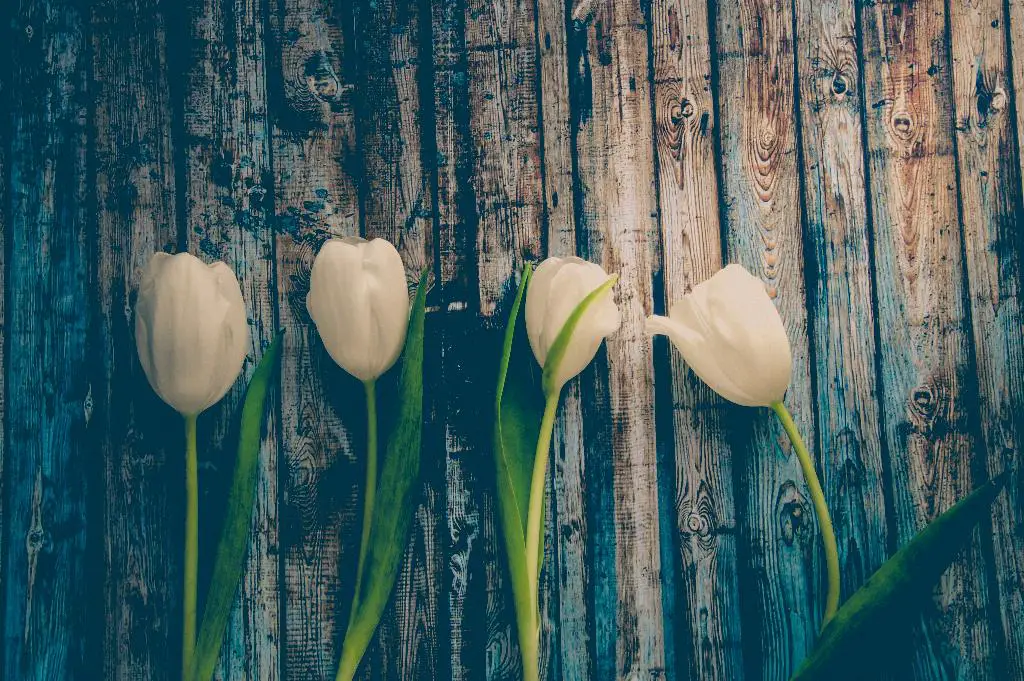If you’ve noticed your vibrant tulips taking on a yellow hue, you may be wondering what is causing this change in color. There are several possible reasons why your tulips are turning yellow, ranging from natural processes to environmental factors.
One common reason for yellowing tulips is that certain varieties of tulips, particularly older species or perennializing tulips, may be growing and multiplying in your garden. These tulips have a tendency to produce yellow blooms as they age, giving them a different appearance compared to their initial vibrant colors.
Another possibility is that your tulips have undergone a genetic mutation, causing them to produce yellow flowers instead of their original color. In some cases, hybrid tulips may mutate to yellow due to genetic factors, resulting in a surprising change in bloom color.
It’s also worth considering whether your hybrid tulips have been allowed to set seed. When tulips produce seeds, there is a chance that new variations, including yellow blooms, may emerge from these seeds. This process can lead to unexpected color changes in your tulip flowers.
Environmental factors can also play a role in causing tulips to turn yellow. Insufficient sunlight or nutrients, improper watering practices, or pest infestations can all impact the health of your tulips and result in yellowing of the leaves and flowers.
To address the issue of yellowing tulips, consider evaluating the growing conditions of your plants. Ensure that your tulips are receiving adequate sunlight, water, and nutrients to support healthy growth and vibrant blooms. Additionally, removing any pests or diseases that may be affecting your tulips can help improve their overall health.
Pruning dead or yellowing foliage can also promote new growth and improve the appearance of your tulips. By removing any damaged or decaying leaves, you can encourage the plant to focus its energy on producing healthy green foliage and colorful blooms.
Consider replanting your tulips in fresh, well-draining soil if you suspect that poor soil quality may be contributing to the yellowing of your plants. Amending the soil with organic matter can help improve its nutrient content and drainage, creating a more favorable environment for your tulips to thrive.
Monitor the health of your tulips regularly and address any issues promptly to prevent further yellowing or decline in the plants. By staying proactive in caring for your tulips and providing them with the necessary care, you can help them maintain their vibrancy and beauty throughout the growing season.
Remember that each tulip variety may respond differently to environmental conditions and care practices, so it’s essential to observe your plants closely and adjust your care routine accordingly. With proper attention and maintenance, you can enjoy a colorful display of tulips in your garden for years to come.

